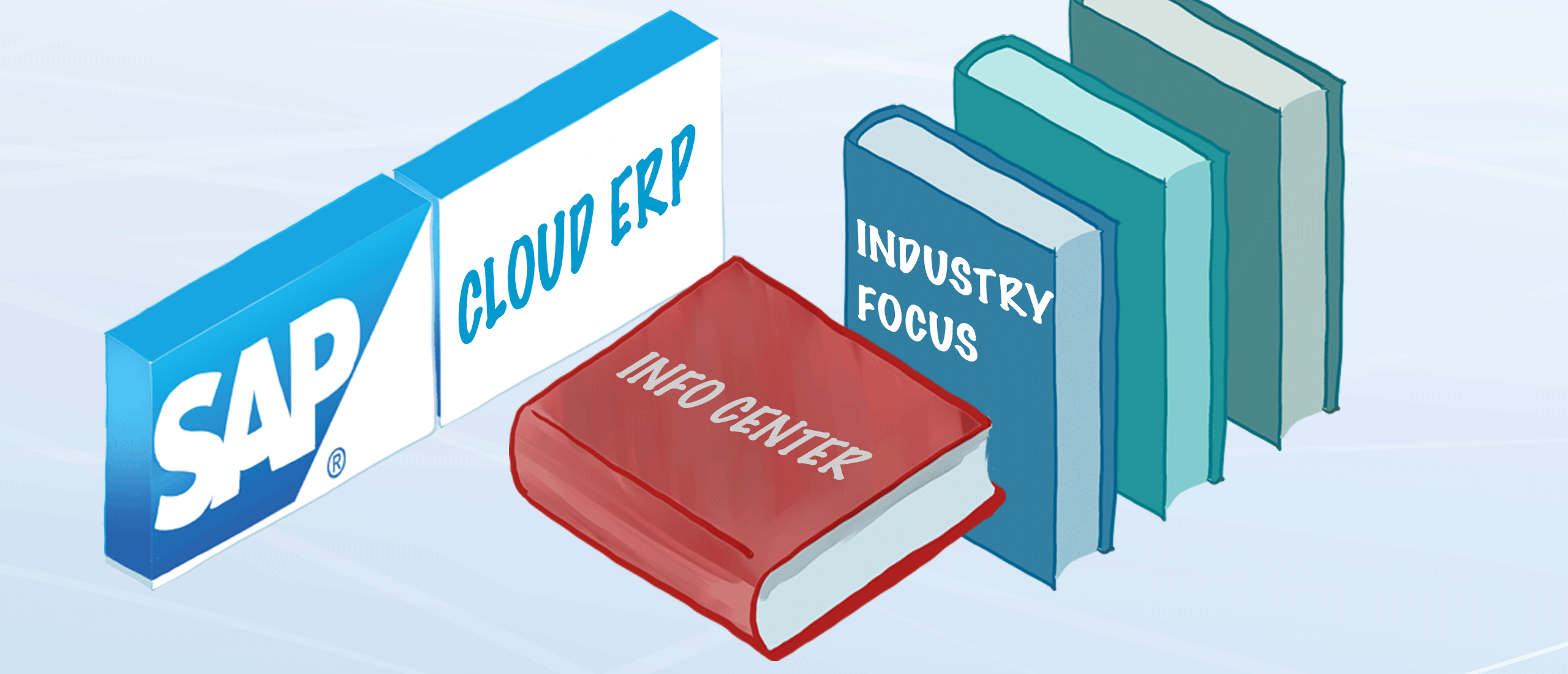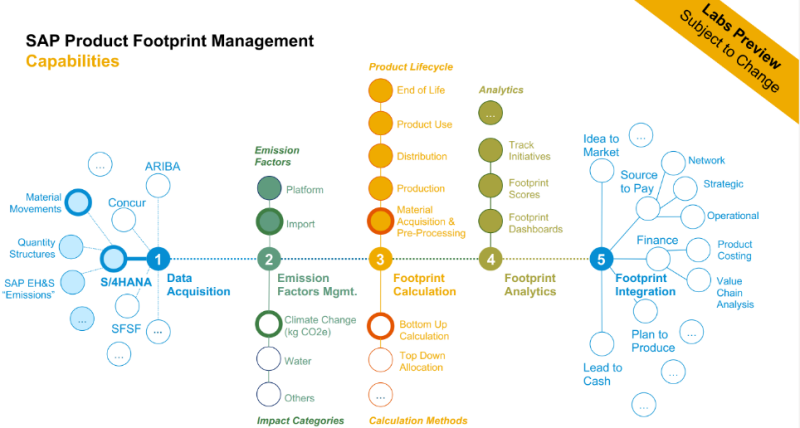
Zero Emissions of Sustainability Explained
Introduction
In pursuing a more sustainable future, reducing emissions to net zero is a pivotal goal for organizations worldwide.
SAP's Sustainability Cloud solutions are at the forefront of this initiative, offering tools designed to help businesses achieve zero emissions. Leveraging the power of SAP Cloud for Sustainable Enterprise, organizations can now access advanced analytics and reporting features that enable the monitoring, managing, and reducing their carbon footprint across all operations. With SAP's commitment to sustainability, companies are equipped to meet regulatory requirements and industry standards and drive meaningful change toward a carbon-neutral world. Through innovative technologies and comprehensive data management, SAP empowers businesses to set, pursue, and achieve zero emissions objectives, making sustainability an integral part of their success story.
SAP EHS Environment Management
This EHS Environment Management is for Corporate Greenhouse Gas Emissions (GHG), which refers to releasing gases into the Earth's atmosphere that trap heat and contribute to global warming. The primary greenhouse gases in Earth's atmosphere are:
Carbon dioxide (CO2): Typically emitted through the burning of fossil fuels (like oil, gas, and coal), solid waste, trees, and wood products, and as a result of certain chemical reactions (e.g., manufacture of cement).
Methane (CH4): Emitted during coal, oil, and natural gas production and transport. Methane is also the result of livestock and other agricultural practices and by the decay of organic waste in landfills.
Nitrous oxide (N2O): Emitted from agricultural and industrial activities and during combustion of fossil fuels and solid waste.
Fluorinated gases: A group of synthetic gases used in various industrial applications but are most often released from refrigeration and air conditioning equipment. These gases are much less common but are potent greenhouse gases with a solid ability to trap heat in the atmosphere.
This solution delivers a single primary source of emissions data that can be provided both for overall corporate sustainability reporting and carbon credit accounting. As a consequence, the fulfillment of compliance obligations becomes both easy and cost-effective.
The objective of SAP EHS Environment Management is to establish a robust and auditable data collection, monitoring, and reporting function for managing GHG emissions.
Capabilities
- Tools and processes for emission data collection and integration
- The ability to gather and combine direct and indirect emissions data encompassing both facility-owned assets and services/operations
- Content integration systems that keep processes up-to-date with the latest regulatory changes
Software Prerequisites
SAP EHS Environment Management for Emission Management is technically embedded in S/4HANA® Enterprise Management.
SAP Product Footprint Management
Embed sustainability as a new dimension of success into end-to-end processes by calculating footprints at scale. SAP Product Footprint Management is an SAP Cloud-native application that calculates product footprints periodically and at scale, considering the entire product lifecycle. The product is preconfigured, prescriptive, and focuses on business users (persona-based). It is consistent in the calculated product footprints integrated into the operational processes (E2E), covering all relevant business users in every department.
- Vast reuse of Business data & curation with Sustainability Content;
- Governance and flexibility in the calculation methods;
- Analytics of footprint scores enables understanding of results to optimize;
- Reduced effort & cost of calculating and reporting product footprints.
SAP Product Footprint Management aims to optimize business decisions by integrating footprint scores preconfigured & flexible in E2E business processes, to gain new Insights by combining financial, logistic, and environmental data in analytics, and to calculate footprints at scale by leveraging SAP S/4HANA data and capabilities as much as possible.
Capabilities of SAP Product Footprint Management:
- Product Footprint Data Collection
- Sustainability Content Management
- Product Footprint Assessment & Analysis
- Business Process Extension with Product Footprint Information
 Software Prerequisites
Software Prerequisites
- SAP Product Carbon Footprint Management
- runs on top of SAP Cloud
SAP Product Footprint Management for Clean Operations
Determine, assess, and optimize the carbon footprint of individual products to advance your broader sustainability goals.
SAP Product Footprint Management for Clean Operations gives manufacturing and product-centric companies quick, actionable insights into the carbon footprint of individual products so you can:
- Make informed product portfolio, investment, procurement, and other business decisions;
- Improve the eco-efficiency of your operations with fewer resources;
- Easily and transparently communicate your environmental impact to investors, customers, consumers, and employees.
SAP Product Footprint Management for Clean Operations is a standalone yet easily integrated, cloud-native application for small and midsize businesses to quickly, easily, and traceably estimate bottom-up carbon footprint at the individual product levels.
Capabilities of SAP Product Footprint Management for Clean Operations
- The solution streamlines and simplifies carbon management, from raw materials and production to consumption, waste prevention, and recycling, so you can:
- Achieve truly sustainable profitability by balancing the economic and ecological efficiency of products;
- Easily produce auditable carbon figures for tenders, framework agreements, and contracting, as well as customer, team member, and investor relations;
- Gain actionable insights and decision-making support to help reduce your company’s carbon footprint over time.
Software Prerequisites
- SAP Business Technology Platform
E-Mobility
Managing and monitoring electric charging infrastructure at scale. A key component of SAP’s future vision for solutions for climate action, SAP E-Mobility on-demand supports the transition towards electric vehicles for businesses and private EV drivers. It provides them with a smart charging capacity that enables energy sharing across the grid.
Reduced Costs: Lower energy expenses and postpone costly grid connection expenditure through the deployment of intelligent algorithms.
Green Line Excellence: Lower CO2 emissions and reach your sustainability goals by transitioning over to electric mobility.
New Revenue Generation: Create an additional high-growth revenue stream.
E-Mobility on-demand aims to help both businesses and private drivers transition over to electric vehicles by providing them with a complete suite of end-to-end cloud-based charge point operation services.
Capabilities of E-Mobility
- Efficient self-administration of charge point operations
- Enterprise capabilities offering integration into SAP analytics and spend management as well as billing & invoicing
- Additional external CPO capabilities and the facilitation of a public expansion of internal charge point operations
- The in-built flexibility to enable external commercialization and a maximal utilization of charging possibilities
Supporting Applications
- SAP Analytics Cloud
- SAP S/4HANA
- SAP Intelligent Asset Management